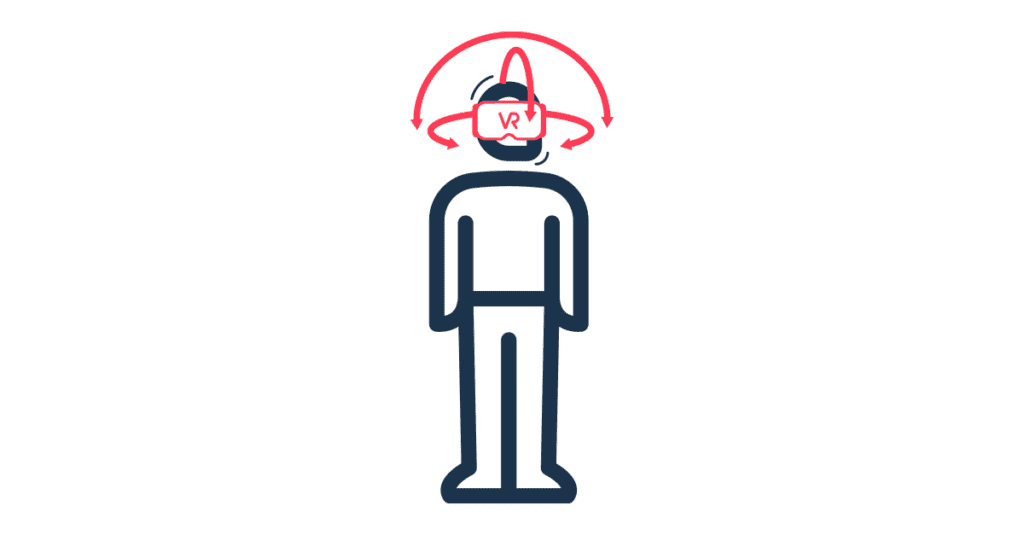3DoF (Three Degrees of Freedom) is a term commonly used in the fields of virtual reality (VR), robotics, and mechanical engineering to describe a system’s capacity to move in three independent directions. This concept is fundamental in understanding the limitations and capabilities of various devices and technologies that involve spatial movement.
In the context of motion and spatial orientation, “degrees of freedom” refer to the number of independent parameters or directions in which a system can move or rotate. Each degree of freedom represents a distinct direction of movement. In 3D space, there are typically six degrees of freedom:
Each of these degrees of freedom allows for a specific type of movement or rotation. In 3DoF, the system has three degrees of freedom, which means it can move or rotate in three independent directions.
In the context of virtual reality, 3DoF refers to the tracking capabilities of VR headsets or controllers. A VR system with 3DoF tracking can track the user’s head movement in three directions: pitch, yaw, and roll. This allows users to look around and interact with virtual environments to some extent but does not provide full positional tracking, meaning users cannot move freely in all directions within the virtual world.
3DoF VR is often used in mobile VR devices and entry-level VR experiences due to its simplicity and lower hardware requirements. However, it lacks the immersive experience and spatial presence offered by 6DoF (six degrees of freedom) systems, which can track both head movement and positional movement within the virtual space.
In robotics, 3DoF robotic arms or manipulators have three joints or axes of rotation. These robots are often used for tasks that require simple pick-and-place operations or limited spatial movement. They are suitable for applications like assembly lines, packaging, and material handling.
In mechanical engineering, 3DoF systems can refer to various mechanical devices or mechanisms that move or rotate in three specific directions. Engineers use these systems for applications such as designing simple mechanical linkages, suspensions, or steering systems.
While 3DoF systems have their uses in various applications, they are limited in terms of spatial freedom compared to higher degrees of freedom systems like 6DoF. In VR, for example, 3DoF headsets cannot accurately track a user’s positional movement within a room, which limits the sense of presence and immersion. Similarly, in robotics, 3DoF manipulators may lack the flexibility and versatility required for more complex tasks. Read here what 6DoF is.
In summary, 3DoF (Three Degrees of Freedom) is a concept that describes a system’s ability to move or rotate in three independent directions. This concept is essential in understanding the capabilities and limitations of devices and technologies in fields such as virtual reality, robotics, and mechanical engineering.

© 2024 VRdirect GmbH. All rights reserved.